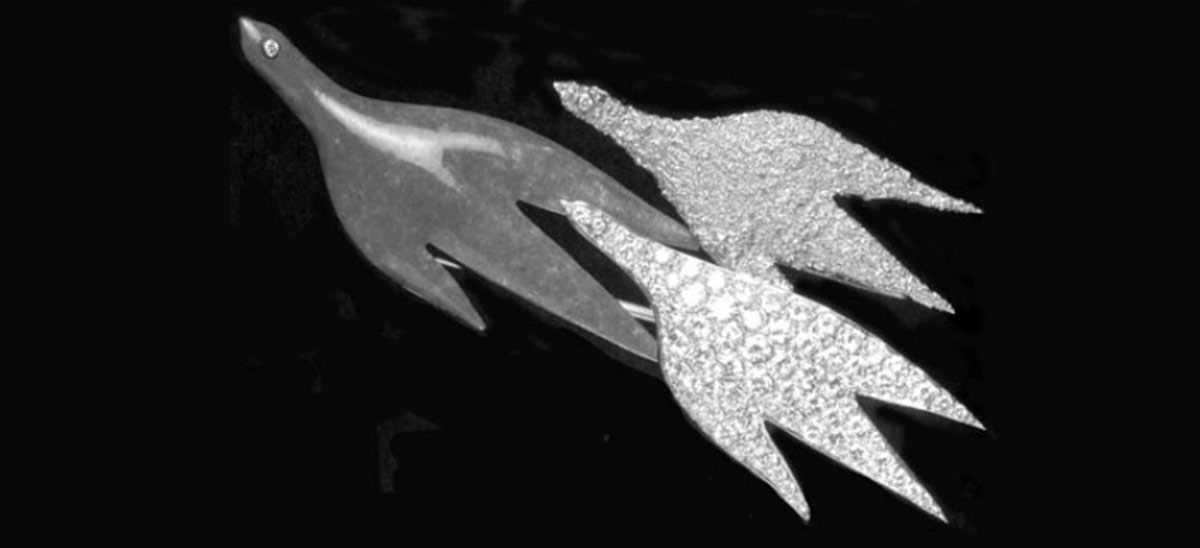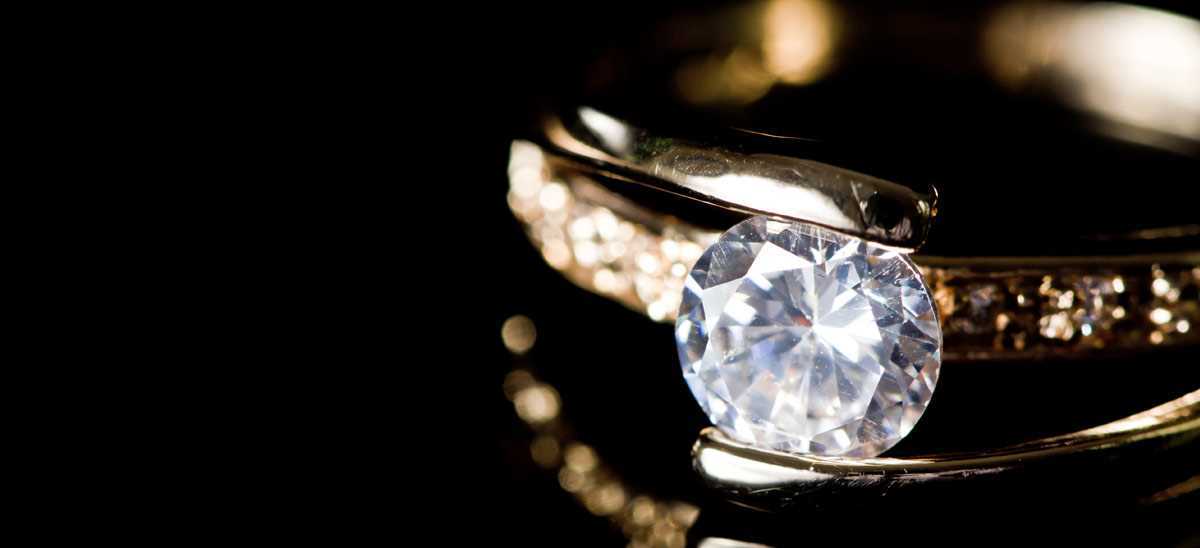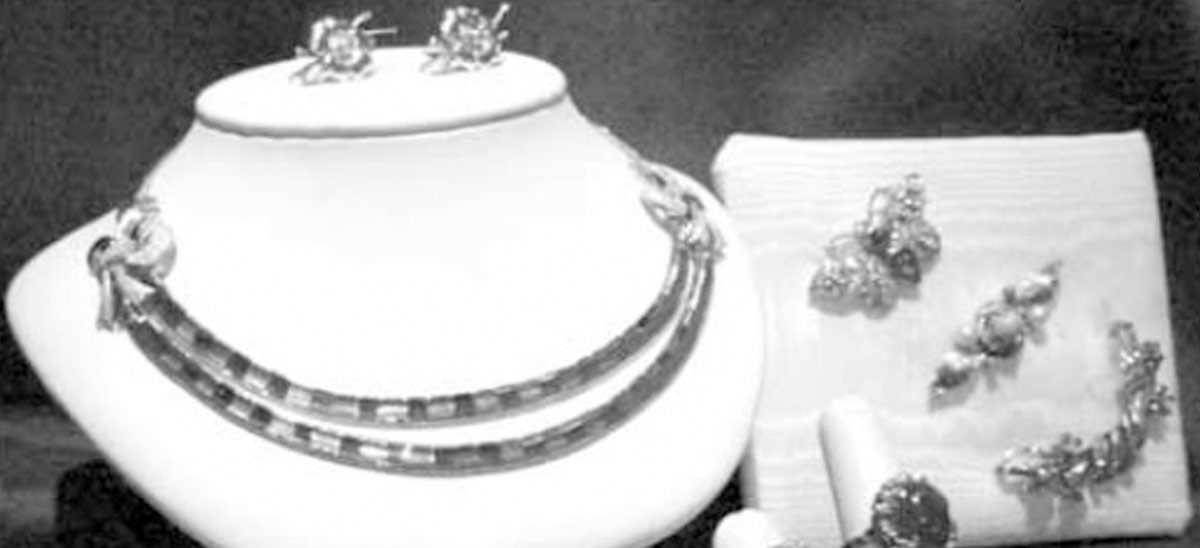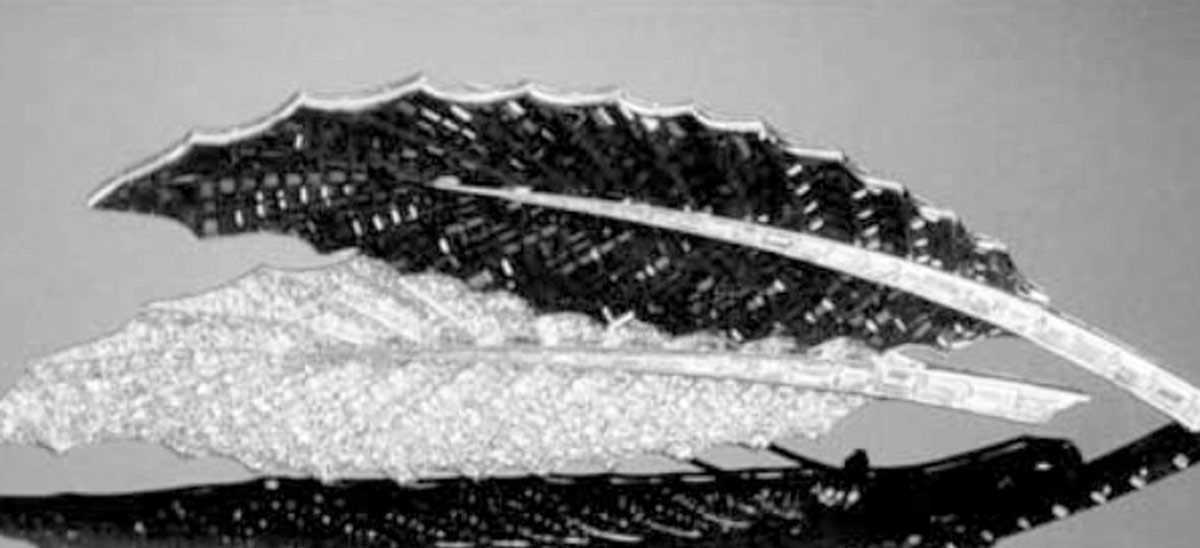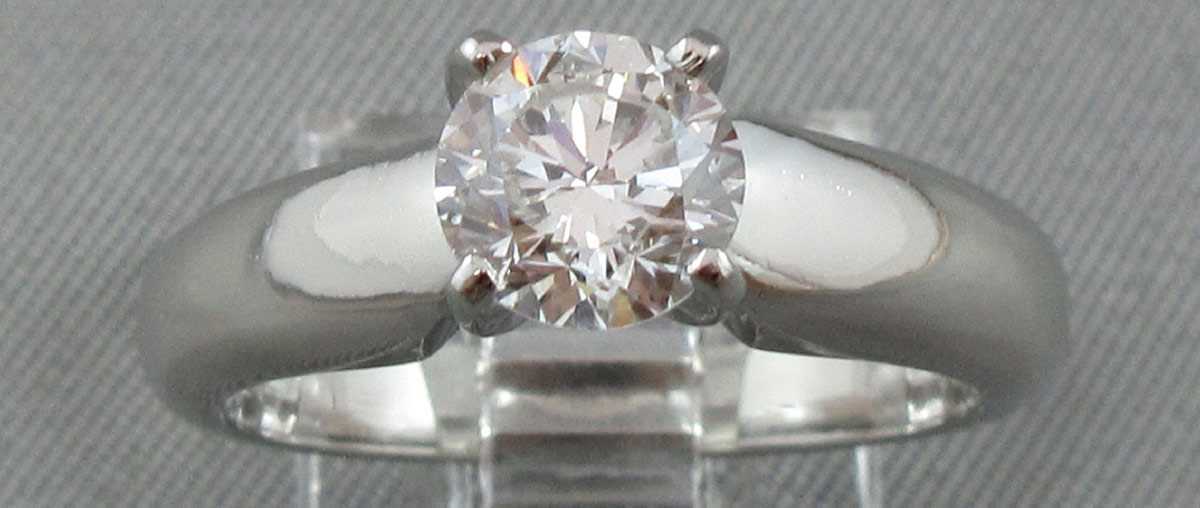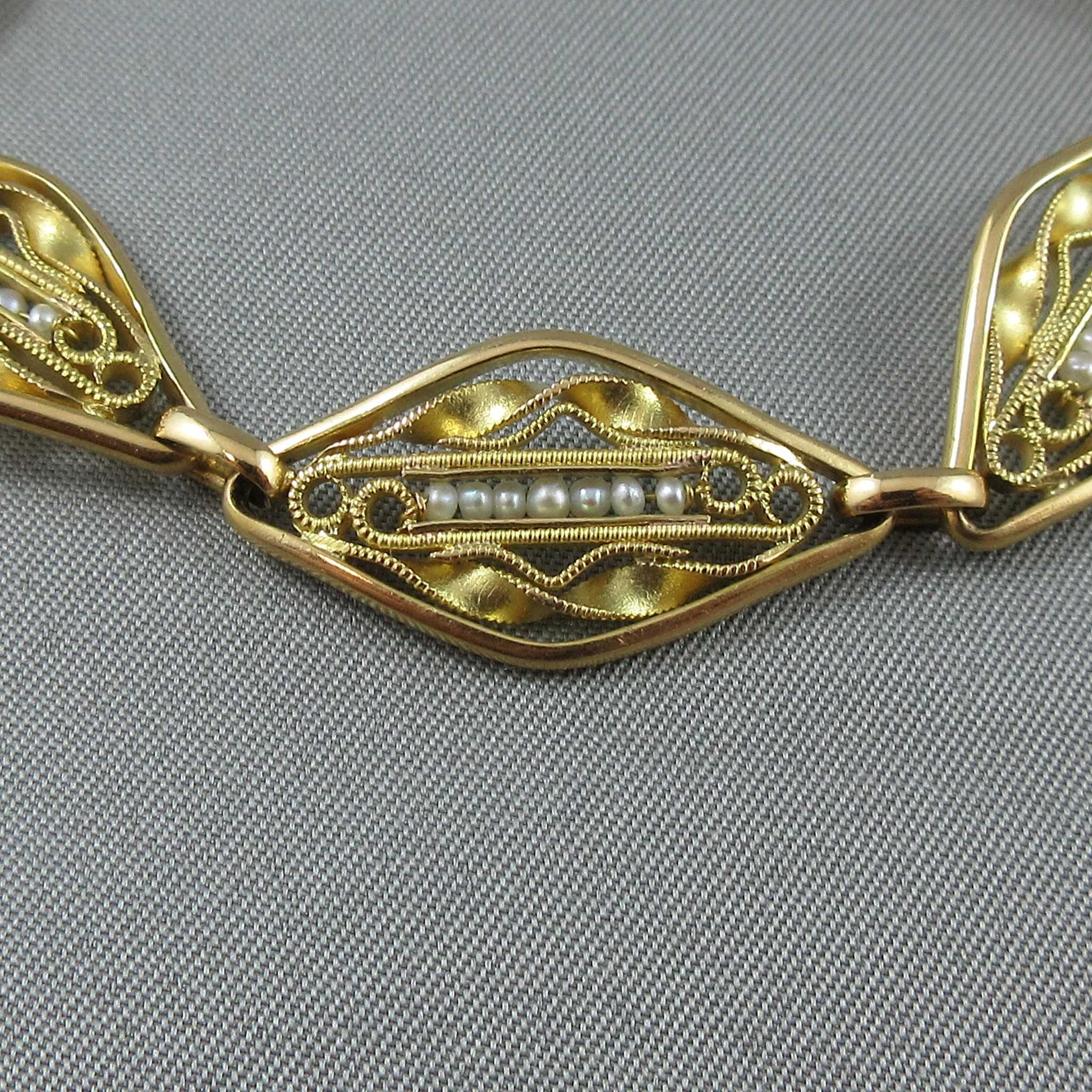Between 1930 and 1960, the West experienced remarkable technological advancement and immense social awakening. As a decorative art, jewelery has never been a pioneer of cultural change, but many jewelers of that era echo the changing social customs by exploring their art as a means of expression and even questioning the symbol of wealth that jewels represent.
The jewel of the 1960s and 1970s
